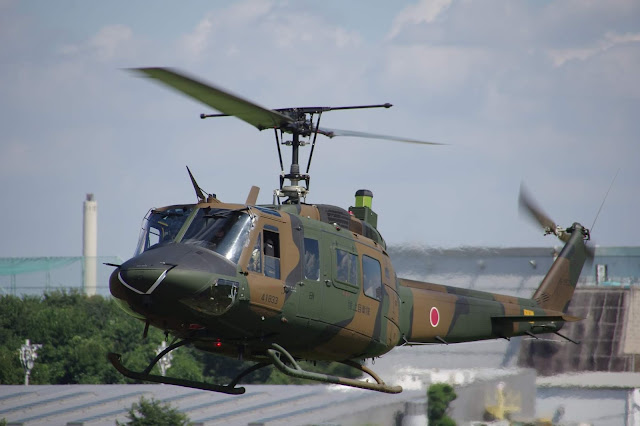 |
| The first ship of the class, Maharaja Lela (2501) during its launch in 2017. Photo c/o Military Blog. |
The Royal Malaysian Navy (RMN) has confirmed that it will only be receiving five units of Littoral Combat Ships (LCS) instead of six ships as originally ordered.
The new Chief of the RMN, Vice Admiral Abdul Rahman Ayob has confirmed to Malaysian press that the reduction was made as part of efforts to proceed with the stalled project.
Vice Admiral Ayob said that the decision to reduce the quantity of ships was made by the Malaysian Government in 2022 when it decided to proceed with the project, which is troubled by corruption, cost overruns, and construction delays.
It is believed that the reduction would allow the delivery of the project on time, while meeting the revised budget.
The RMN’s LCS originally involves the construction and delivery of six frigates based on an enlarged version of the Gowind-class corvette design from French shipbuilder Naval Group, which are being built by Malaysian shipbuilder Boustead Heavy Industries as part of technology transfer agreement between Malaysia and France.
The ships are collectively called the Maharaja Lela-class, based on the name of the lead ship of the class.
None of the ships have been completed as of this writing, despite the lead ship being launched as early as August 2017. All other ships of the class are in different stages of construction.
Based on the original program schedule, the RMN should have already received all six ships as of August 2022.
[2] Utusan Malaysia









